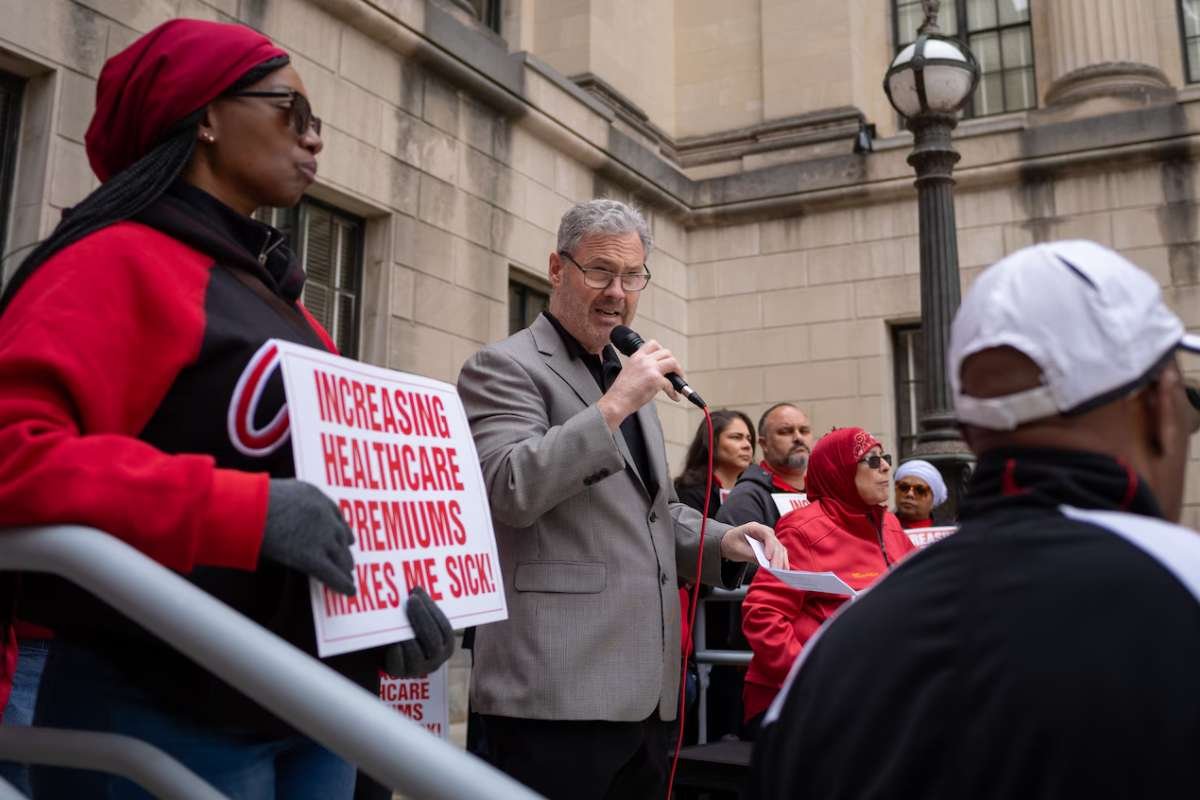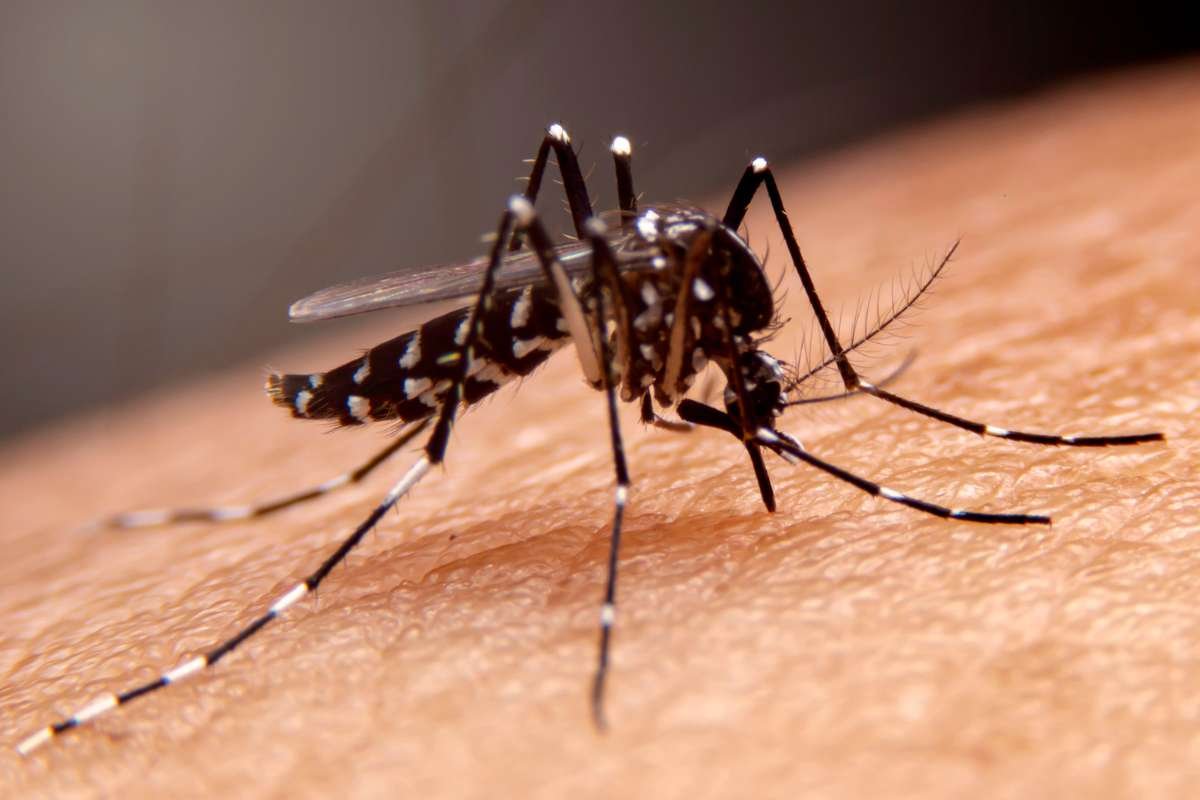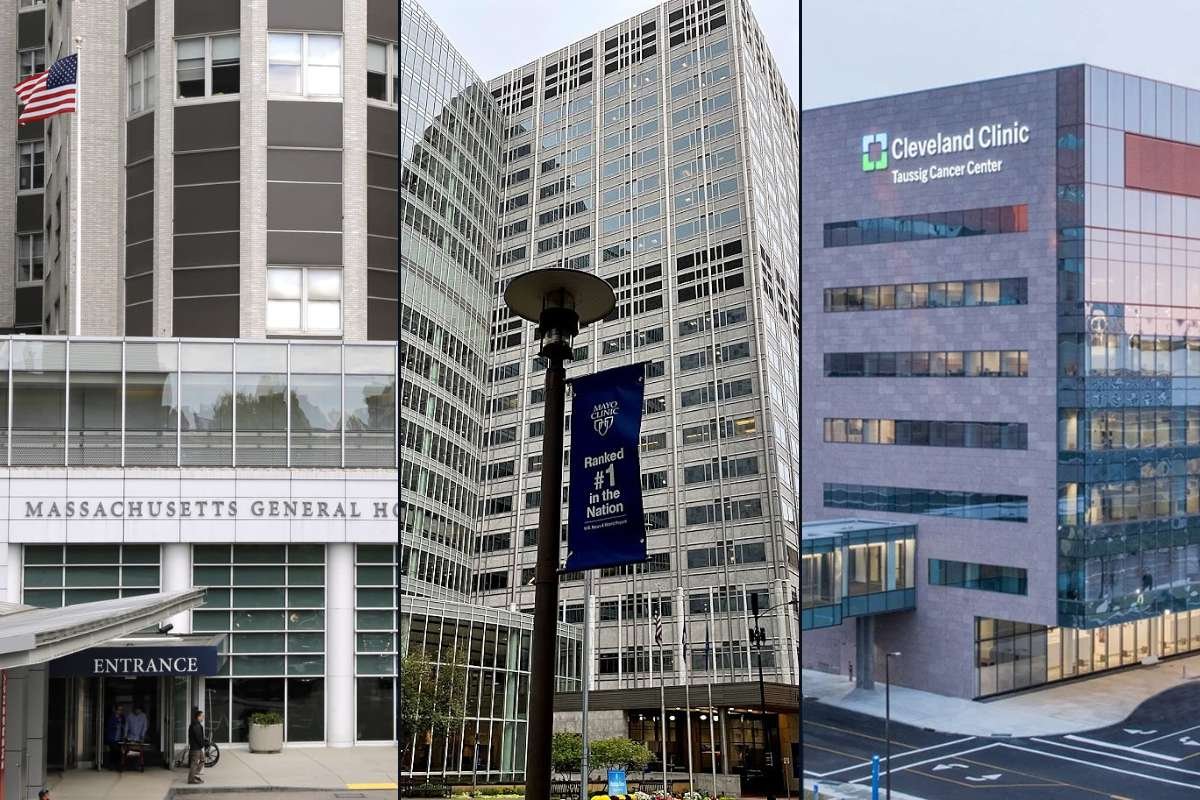A new controversy has emerged in New Jersey following the inclusion of a $100 million savings mandate within the state’s health benefits system. Governor Phil Murphy signed the $58.8 billion state budget into law on Monday night, but a provision targeting savings in the NJ public worker benefits Program has raised alarm among public-sector unions. The budget requires the state or its unions to identify these savings within the first half of 2026, igniting pushback from organized labor and sparking political urgency among lawmakers, all of whom are up for re-election this fall.
Assembly Majority Leader Lou Greenwald emphasized that there is “no immediate need” for increased health care contributions from state employees. Meanwhile, Assembly Speaker Craig Coughlin suggested newly discovered revenue might be used to soften or reverse the mandate. However, the source of this alleged $200 million windfall remains unclear, with Democratic spokespeople providing inconsistent explanations.
Public Health Plans in Crisis
NJ public worker benefits have been under significant strain due to surging health care costs, increased prescription drug usage, and repeated deadlocks in the Plan Design Committees that oversee plan rules. These pressures have led to skyrocketing premiums and prompted many municipalities to exit the plan in favor of cheaper, private options. The state workers’ plan, while protected from mass departures due to lack of alternatives, has not been immune. It posted a $113 million loss in 2024 and has had to loan funds to sustain the local workers’ plan, which Treasury officials warn could collapse without a mid-year rate hike in 2025.
Union leaders argue that hospital pricing remains the main culprit. Kevin Lyons of the New Jersey State Policemen’s Benevolent Association criticized the state’s reliance on vendor-negotiated rates, claiming hospitals are being paid up to five times more than Medicare rates. He also urged the state to consider capping the growth of health care services. State actuaries reported troubling trends: per-visit costs for outpatient and emergency services rose 7% and 12% respectively, while behavioral health and primary care also saw increases. Only urgent care visits saw a decline.
Seeking Solutions Amid Uncertainty
The Murphy administration appears inclined toward long-term cost-cutting reforms, including revising the actuarial value of the health plans, which currently cover between 93% and 98% of health care costs. Reducing this percentage could result in significant savings, with fiscal 2026 NJ public worker benefits spending projected at $2.9 billion. Health benefit committees are expected to finalize the 2026 plan rates later this month, with actuarial recommendations due shortly.
Assembly Speaker Coughlin has called for July hearings to explore more sustainable reforms. Still, the path forward remains murky, with legal limits on how certain tax revenues can be used to offset health care costs. Treasury and Governor’s Office spokespeople have remained silent on key revenue discrepancies, leaving stakeholders with more questions than answers.
Natalie Hamilton, a spokesperson for Governor Murphy, expressed optimism, stating, “Labor and management can work together… to find real, sustainable health care savings that ultimately help both workers and taxpayers.” Whether that collaboration on NJ public worker benefits will materialize in time remains to be seen.







